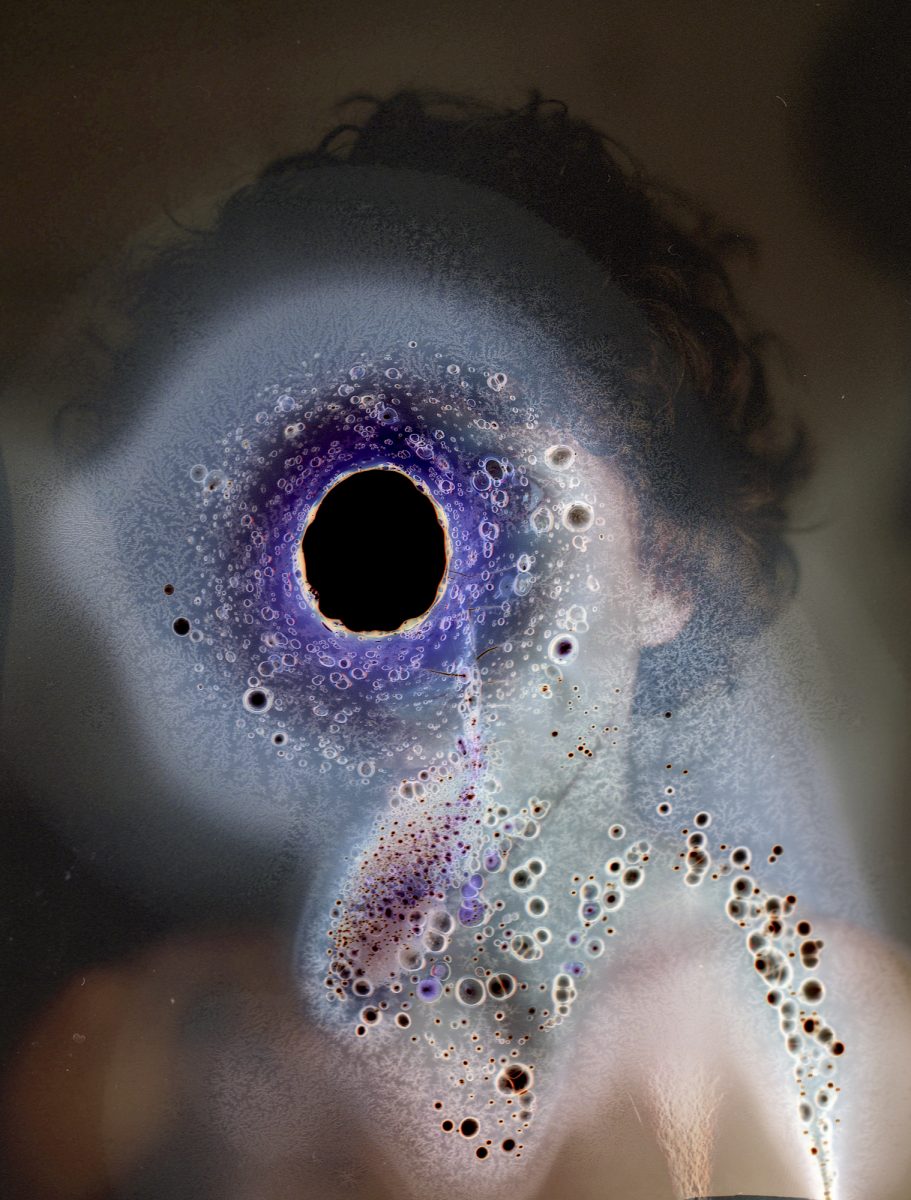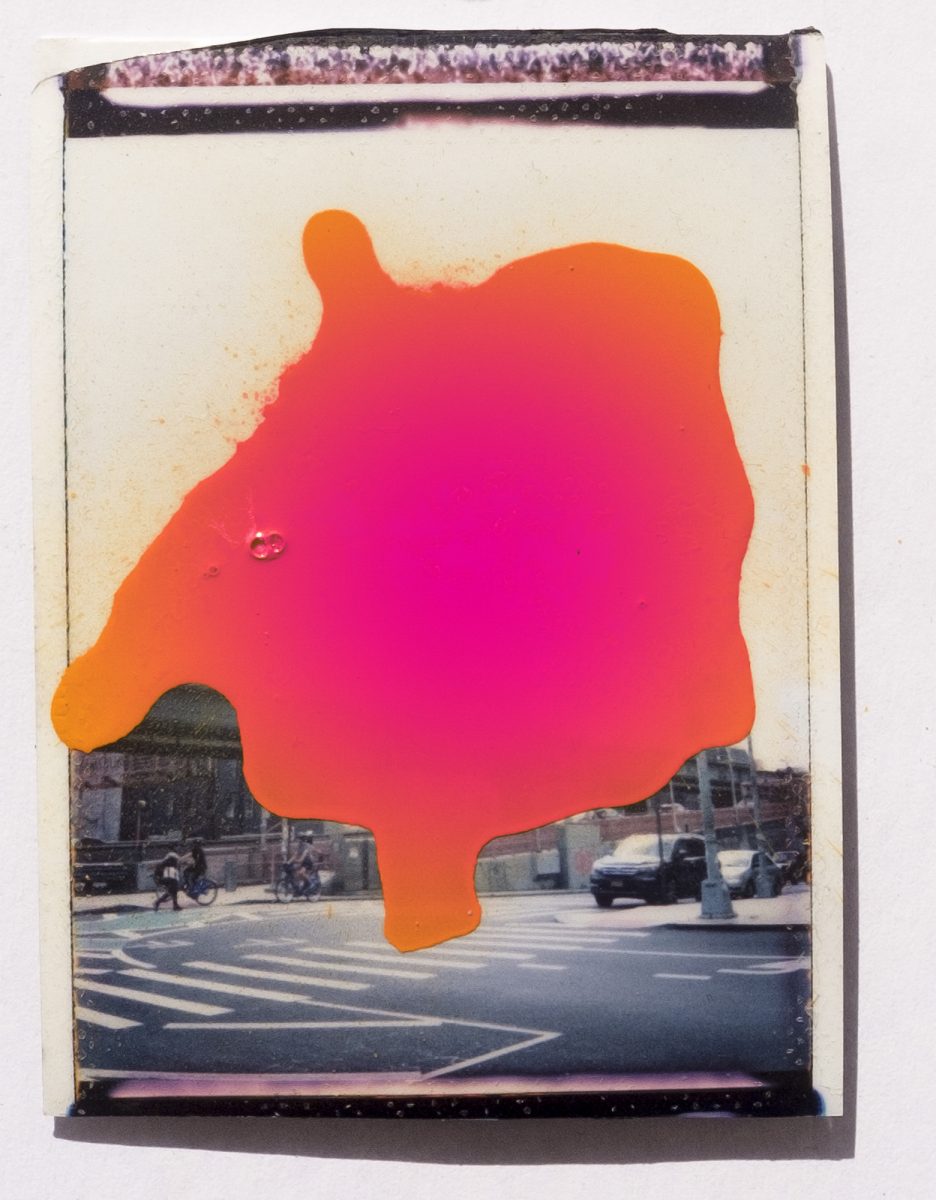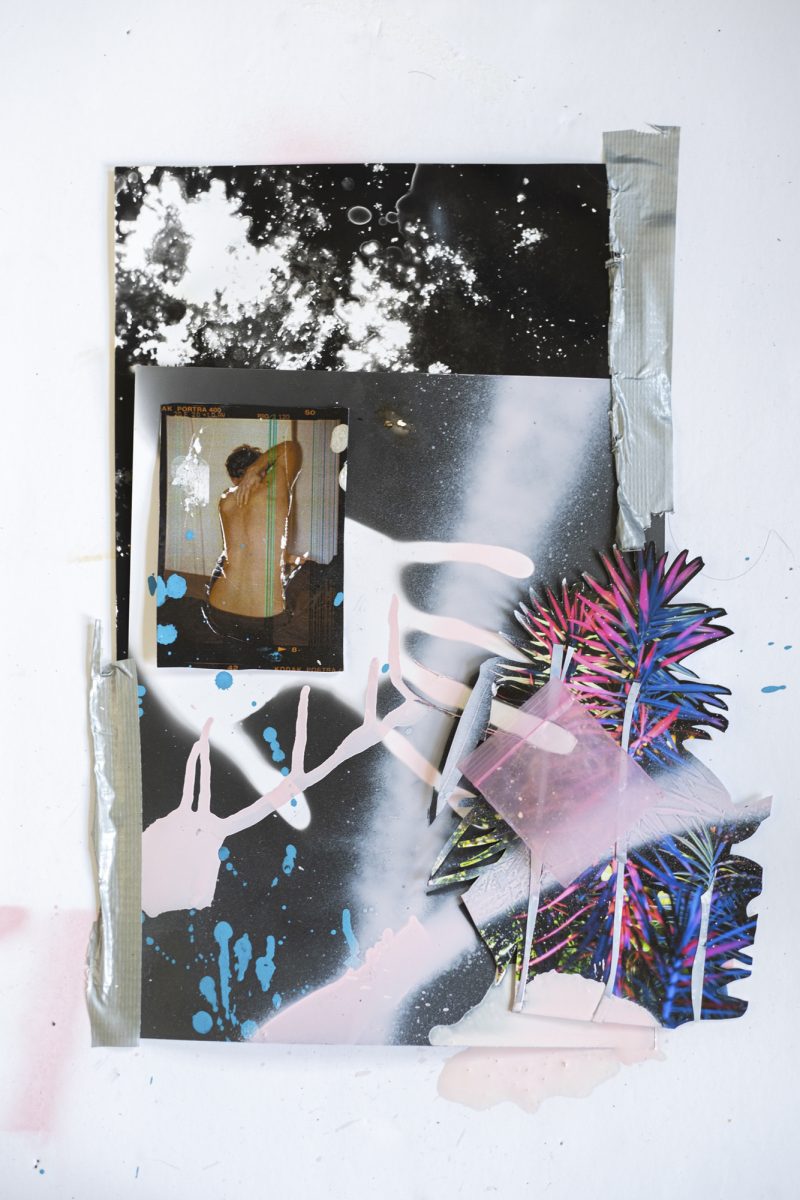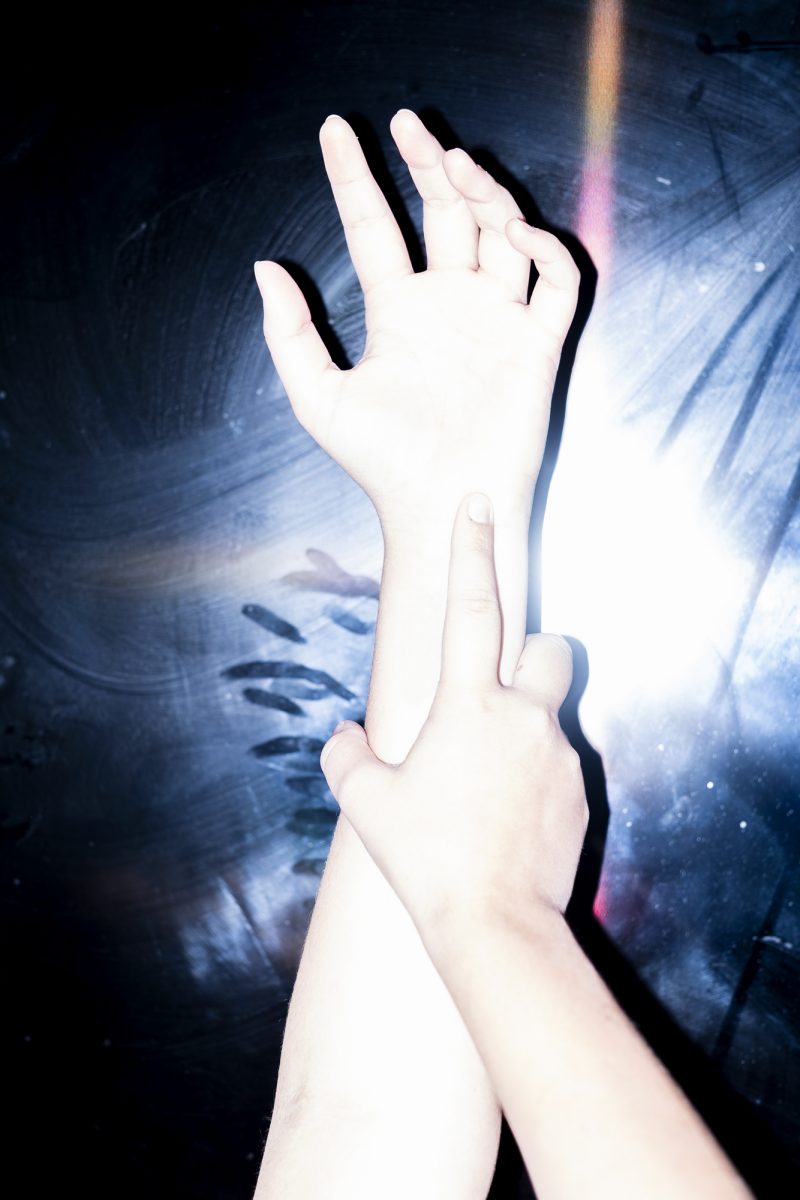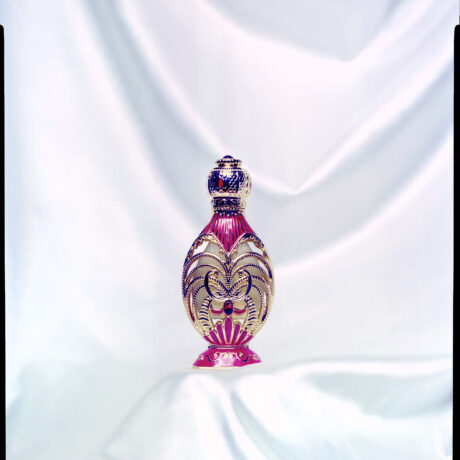
Ana Cristina Vallejo’s latest work Neuromantic opens with a provocation: “I am a love addict”. In March 2020, amidst the uncomfortable stillness of the pandemic, she began the difficult work of confronting her addiction.
“I was trapped in a painful and exhausting loop of rejecting partners who want me and idealising the ones that don’t,” the Colombian artist explains. “The silence allowed me to look inward and ask questions about why the stories of my life are all centred on love? How did this become a coping mechanism? And why are so many of my friends and lovers having similar experiences?” Exploring the psychological landscape of the self, her multidisciplinary project, that combines conceptual photography with an interactive digital platform, is an unflinching look at the meeting points between trauma and intimacy.
“I’ve always felt like an outsider,” says Vallejo. Growing up in the middle of the 1980s drug crisis in Cali, southwest Bogotá with a schizophrenic father at home, she began to assimilate transgenerational behaviours simply by proximity. Desperate to better understand her father’s illness, she trained as a biologist and interned at a psychiatric hospital.
Despite her fascination with the field, she eventually turned to art-making, where she could blend psychology and creativity in a context that equally valued critical thinking and feeling. “I also chose that degree because the person I was in love with at the time was doing it,” she confesses. “This love addiction has been with me since very early on.”
“Love addiction, in my case, is not about sex,” Vallejo explains. “It’s about intimacy and the fantasy of love. It completely took over my life. I come from a family where enormous levels of anxiety are normalised. When I was younger, I did many extreme things to gain someone’s attention. These obsessions became a way to dissociate from reality. Love became a fantasy that, although it would often hurt me, it would bring me a lot of pleasure and most importantly it would soothe my anxiety and stress.”
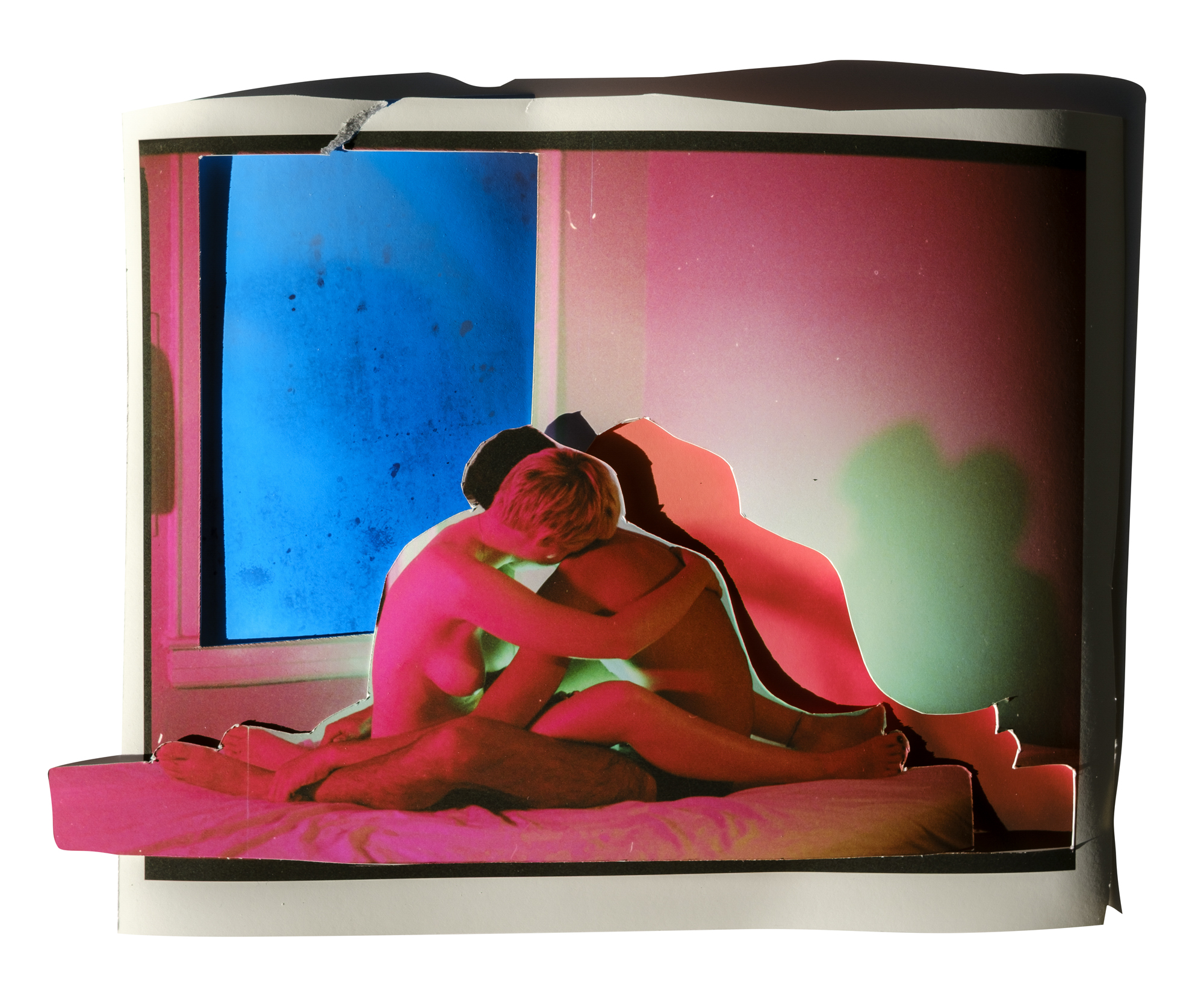
“Love addiction is not about sex. It’s about intimacy and the fantasy of love. It completely took over my life”
Vallejo’s work is grounded in the rigour of scientific research. For Neuromantic, she began reading psychological and neuroscientific journals to understand how trauma informs attachment styles. She spent time at love addiction meetings discovering the nuances of emotional dependency and examined gene exchange and epigenetics that describe how both addiction and trauma can be passed on from generation to generation. These findings are annotated and woven through the work, existing both as isolated collages and embedded into photographs.
Volatile relationships have always been at the centre of Vallejo’s life, so excavating her past became a challenging but necessary part of her process. Through a series of interviews with family members long-kept secrets started to surface. This newfound knowledge of traumatic events and the prevalence of suicide in her family has brought about a kind of “redemption”, providing greater clarity in both her personal history and emotional lineage.
Vallejo didn’t just interrogate her family history; she also scrutinised her own previous romantic relationships. Together with ex-lovers, she revisited the source of their dysfunction and emotional dependency, enabling a shared empathy for each other’s lived experiences. This confrontation wasn’t always easy for Vallejo: “I’m still experimenting with how best to approach the work. It has taken me to unexpected places where you can be triggered without warning. When you’re doing a project that is this personal, it’s very easy to go from the healing part to re-victimising yourself or falling back into harmful patterns.”
Image-making is a portal for Vallejo to metabolise her addiction. Neuromantic combines intimate portraits, gestures and details that examine the triggers and memories of her psychic landscape. United by a kaleidoscope of rich hues that recall the vibrational quality of diagnostic brain scans, she begins to articulate the duality of emotions. Pain, repression and trauma coexist with pleasure, beauty and healing. In not just allowing, but actively encouraging multiple conflicting realities to exist in every frame, the work attempts to dissolve the toxic shame narrative responsible for our increasingly alienated society.
“Her multidisciplinary project is an unflinching look at the meeting points between trauma and intimacy”
Neuromantic was always intended to be a space of collaborative creativity and communal healing. In 2020, Vallejo launched the first in a series of anonymous online surveys where the public can share testimonies about their experiences in romantic relationships. In the latest iteration, All These Feelings, created together with data scientist Andrew Hill, the duo plan to create an interactive archive of emotions illustrating collective behavioural patterns and differences.
This loving extension to her audience transforms Vallejo’s work from personal to social, disrupting the hierarchy between artist and viewer. In creating the conditions for active participation, the work becomes richer and less definitive, mirroring the individuated nature of mental health.
Gem Fletcher is a creative director, writer and host of The Messy Truth, a podcast dedicated to contemporary photography
All images: Ana Cristina Vallejo, Neuromantic, 2021. Courtesy the artist



